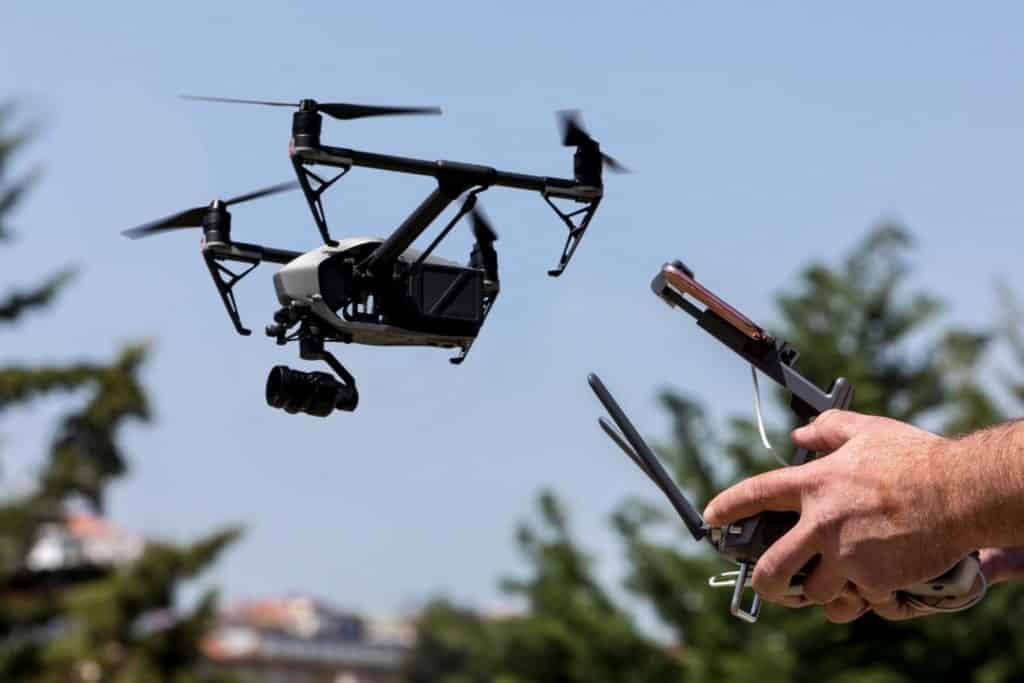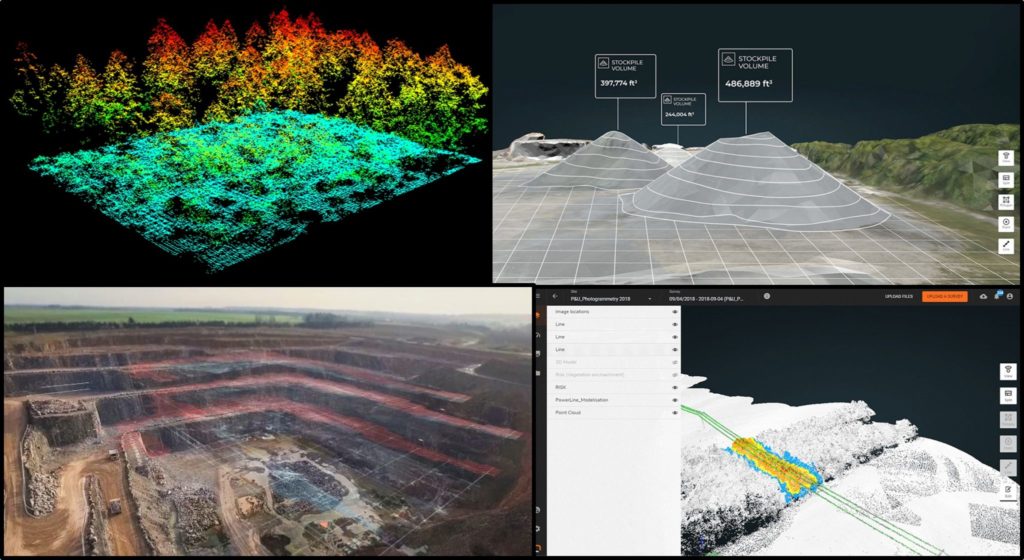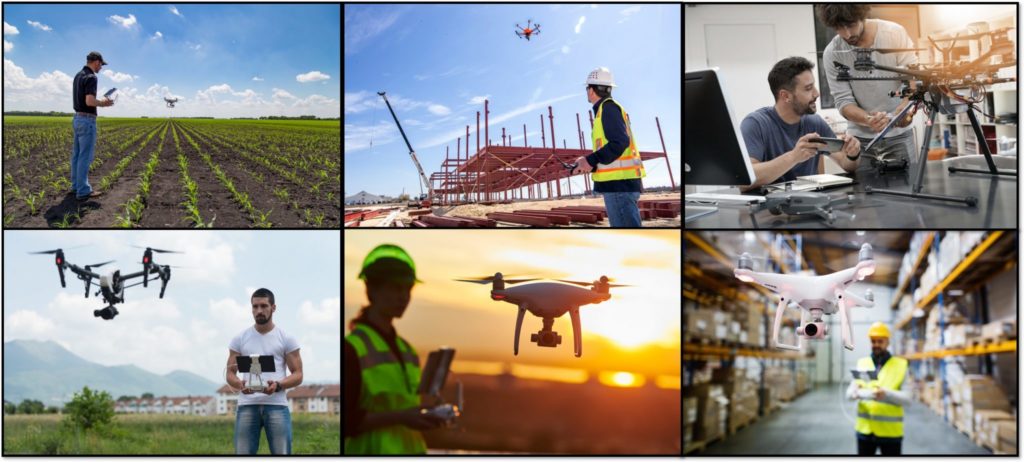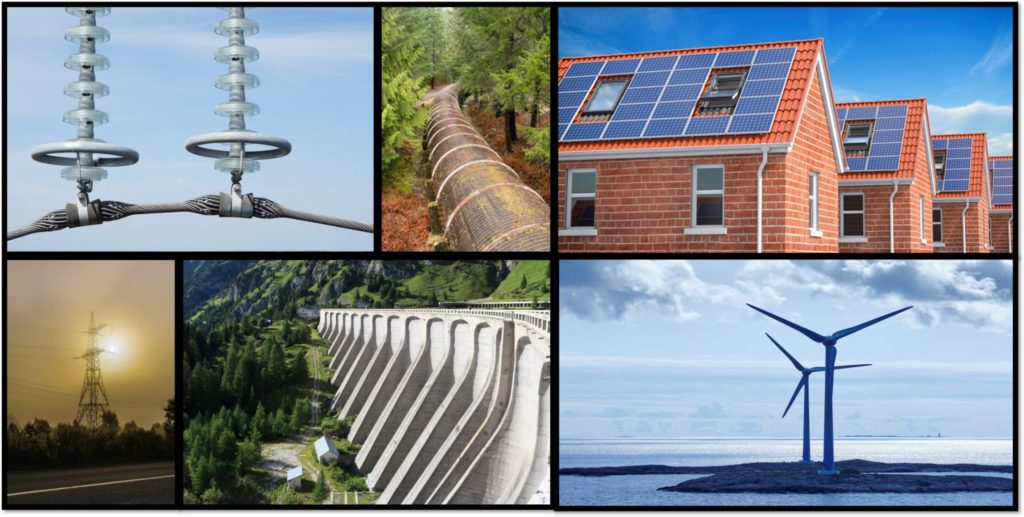How we deal with innovations in technology
If you look back on the history of technology and the mystique of opportunities unknown, people are generally scared by revolutionary advances in technology and innovation. In 1900, less than 10% of families owned a stove or had access to electricity or phones, and the Model-T was still a full decade away.
When Henry Ford first invented the automobile, people didn’t really know what to make of it but generally thought it was harmless. As a hand-crafted machine, the modern automobile emerged gradually, a fusion of many technologies patched together to serve a variety of purposes.
It wasn’t until large percentages of the population started driving automobiles that they realized, wow, there’s a lot of danger and hazards associated with driving vehicles on roads that were mostly developed for the horse and carriage. Initial lack of streetlights, stop signs, and pedestrian awareness caused thousands of casualties until ancillary technologies were developed to help harness what was to become one of the biggest innovations of the twentieth century.

Technology advances in modern times
Fast-forward seventy-five years to computers, cell phones, and the internet.
I remember as a road warrior sales guy in the mid-’90s, my job became a thousand times easier using a cell phone while I was traveling to a client, and prior to that, all my calls were made at a nasty drive up phone booth where the receiver hung in my car window as I chowed down my McDonalds hamburger I bought for lunch.
Back in those days, people thought that cell phones and computers were going to take over the world and there would be mass apocalypse from these new devices. Unsurprisingly today, the time people spend on the computer and smartphones “for leisure” has increased exponentially, with our worst fears being a black screen or a lost charger.
But every time we’ve been given a new revolutionary idea, the automobile, computers, the internet, smartphones… it’s met with fear-mongering and the perception of Armageddon. But in retrospect, I believe most of history’s biggest technology innovations have generally helped everybody for the better, wouldn’t you agree?

Technological advances in 2020
So, let’s talk about today. the year is 2020 and the emerging technologies include: artificial intelligence, cyber-security, robotics, augmented reality, and unmanned aerial system or what the public hears most…”drones”.
What’s the first thing that comes to your mind when it comes to drones? Most casual observers will admit, they don’t really know what drones are and what they’re doing. Yes, they’re automated, yes, they’re intelligent, but generally, the general public is fearful.

Fear of drones among the public
As the CEO of a nationwide drone services company, I’d go as far as saying, there is fear-mongering and anxiety when I talk about drones among family, friends, and new clients I’m educating.
So, I go back and ask that question again. What is the first thing that popped in your head upon hearing the word drones? It might have looked something like this—bombs dropping, privacy issues and loitering overhead spying on everyday citizens. As a keen observer with public perception predominantly negative.
The lack of clear nationwide privacy standards for drones, along with public uneasiness in general, may be hindering their use for beneficial purposes. The current level of fear in the public eye is a major contributor to holding back drone technologies progress. Research confirms that the perceived anxiety around drone technology could be challenged if the public was better informed. Tangible use cases must be determined for these eyes in the sky to be trusted by the public.

Drones for the forces of good
Today, commercial drones and the advancement of this exciting technology is fueled by researchers and developers innovating and propelling this industry for the good of mankind.
What’s important to remember is drones are not taking the human element out of the equation; there’re just improving individual workflow, safety, and efficiencies. Let the drones do the hazardous part. Let them search for the problem. Let the skilled workers do what’s more important, the physical implementation.

Drones empower a range of industries
The global workforce is seeing unmanned aerial system platforms being utilized in a variety of industries such as energy, agriculture, infrastructure, and construction. Some of the world’s leading analysts estimated that the global market in drone-powered solutions for just the power and utility industry is worth over nine billion dollars a year.
The energy and utility sector faces numerous new challenges as it stands on the threshold of a digital revolution. The pressure to shift to renewables from fossil fuels, while reducing prices, is forcing companies to look for new ways to stay profitable. As companies reinvent their business models, drones are helping increase the reliability of energy production, transmission, and distribution.

The farmer and the drone can be friends
Another industry where drones are being used big time is precision agriculture and farming. Over a hundred years ago, what is now the modern-day world was much more vulnerable to an agricultural crisis. After damaging seasons of weather, thousands of Americans starved, and it was a catastrophe. But this misfortune occurred in the context of what were then amazing new technologies. So, what are the potentials of drones in the industry of agriculture, it’s basically about flying sensors. There is unquestionably the need for precise data that is driven by global population growth, the growing demand for food, and of course, climate change issues. In the coming decades, farmers are going to need to double the amount of production for increasing population and world demands on food production.
Today early adopters in the agriculture industry are now integrating drone flights as part of harvest readiness. These early adopters have quickly identified three segments in farming where drones are having a major role throughout the growing cycle, it’s soil & field analysis, planting, spraying and monitoring crops, and irrigation health assessment. For most crops, drones can create variable rate maps to spray only certain sections of the farm. Utilizing drones as part of your workflow, you can pull up to that 100-to-200-acre field and execute a scan with a drone in less than an hour and have a complete map and health index at the click of a mouse. The agriculture possibilities are endless.
In conclusion
In summary, I will admit, my opinion is quite partisan as I have an obsession and passion for drone technology.
With several years now working in the services and software sectors of drones, I’m convinced that drones are great working tools and part of a new breed of new revolutionary advances in technology.
Drone technology is here to stay, and is making a positive impact for people and companies. More awareness and education is needed about drone technology, which will ease anxiety and fear around their use.

Frank Segarra
Frank Segarra is the Senior Vice President of Sales at Volatus Unmanned Services. He has over 30 years of IT, telecommunications and aviation industry experience and was a US Navy aircraft carrier airman specializing in Avionics Engineering. As a thought leader in drone technology, Frank was invited to be a founding member and co-chair of the CompTIA Drone Advisory Council. and is on the Board of Advisors for the PA Drone Association.



